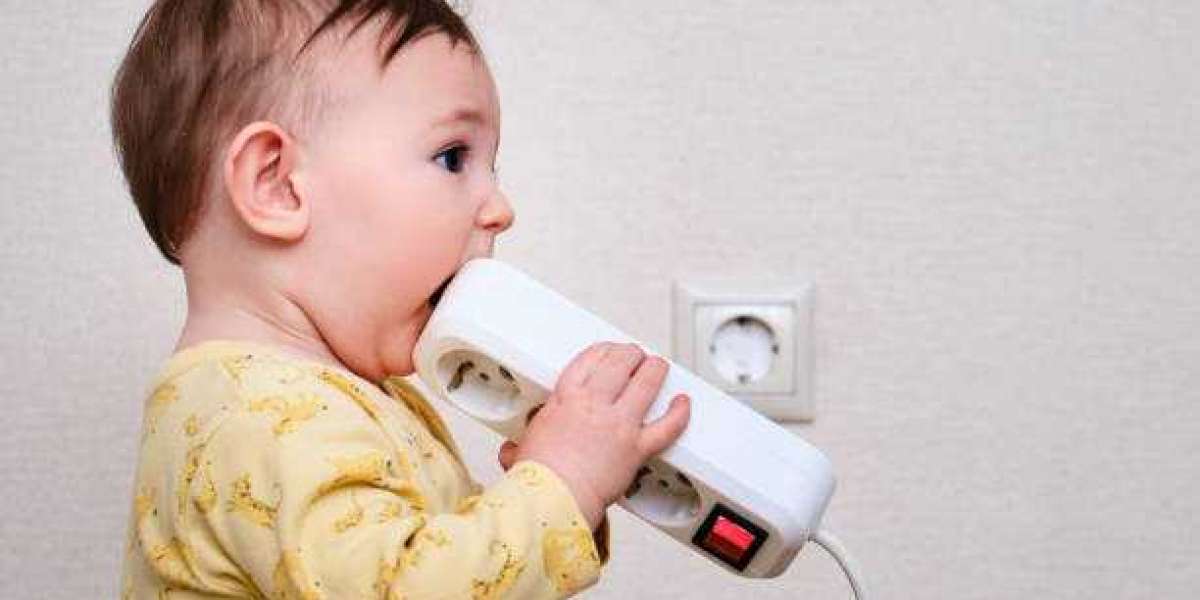You need electrical enclosures for all kinds of devices in a building or around the house. You can get generic options that work great in most cases, but sometimes, you need to customize the box a little bit.
Generally speaking, adding a hole that allows cable or devices to run a little better can help the installation and lead to better outcomes, but you have to do it the right way.
This guide will walk you through the basics of adding holes to an electrical enclosure

Knockout Holes
The easiest way to punch holes in the plating of adjustable electrical boxes is to make use of the designed, perforated knockout holes. These come in many different shapes and sizes, depending on the electrical box.
Unless the box is custom fabricated for a single purpose, you will likely find multiple knockout holes along the enclosure. Pick the one at the appropriate location, and knock it out.
Typically, you can free the hole covering by cutting the tabs that attach it to the rest of the enclosure. Smaller holes might be more easily punched by a screwdriver.
The ultimate point is that these holes are designed to pop out. The removal process is intuitive and logical. You should not need specialized tools for the task.
Custom Holes
In some cases, knockout holes are unavailable or don’t quite suit the job at hand. In such a case, you might need to create your own custom hole (or holes).
It’s always better to use knockout holes when they are available.
That said, the alternative option is to use a drill to fabricate holes where you need them. You can use standard drill bits for plastic or fiberglass non-metallic boxes. Metal enclosures might need a specialized metal-cutting drill bit. Always measure the size of the hole you will need before installing the enclosure. Also, drill the hole before installation.
Avoid drilling the holes larger than what is necessary for the task at hand. You will want to seal the hole when you’re done, and extra space or large gaps can make that difficult.
Seals and Accessories
Once you have the holes you need, you can install your device.
If you used a knockout hole, then you might have enclosure accessories designed to go with that hole. They often include gaskets, grommets, or other pieces that seal the gap you created by punching out the hole.
Use these sealing products. Because they’re prefabricated, you can count on them to fit correctly and create a proper seal. In some cases, they might fit a little loose. You can bolster the seal with silicone.
The accessories are the primary reason why knockout holes are better than custom drilling. If you had to drill, then make sure you can seal the hole when you’re done. Again, silicone is a great sealant. It can handle high temperatures and creates an air and water-tight seal around the area.
With that, you can customize your electrical enclosures to suit multiple tasks and make sure all of the cables and devices fit properly with adequate seals in place.
Source URL:- https://thewebdevs.net/how-to-add-holes-to-an-electrical-box/








